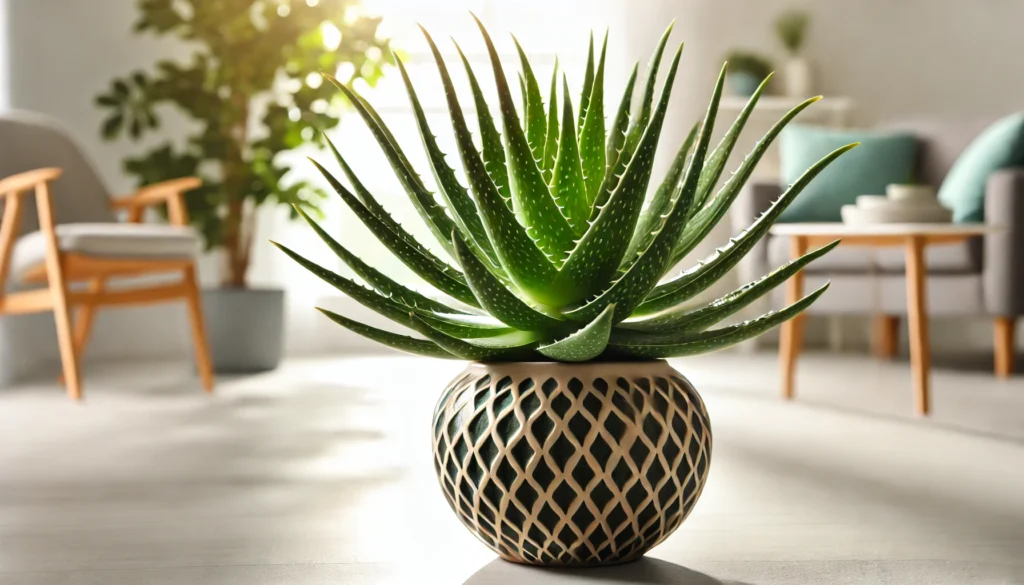
Oregano, formally known as Origanum vulgare, is a robust and aromatic herb beloved for its culinary and medicinal uses. This perennial plant can grow up to 2 feet tall and spread up to 18 inches wide, making it a perfect addition to any herb garden or kitchen windowsill.
History and Ideal Growing Conditions
Oregano has a rich history dating back to ancient Greece and Rome, where it was used not only for flavoring food but also for its medicinal properties. The name “”oregano”” comes from the Greek words “”oros”” (mountain) and “”ganos”” (joy), reflecting its origins in the Mediterranean mountains. It thrives in warm, sunny climates, typical of its native Mediterranean habitat.
Ideal growing conditions for oregano include well-draining soil and full sun. It is drought-tolerant once established and thrives in USDA hardiness zones 5-10. Oregano prefers a pH level between 6.0 and 8.0 and can adapt to various soil types, making it a versatile plant for many garden settings.
Information About Toxicity and Pets
Oregano is generally safe for pets, but consuming large amounts can cause mild digestive upset. Symptoms in pets may include vomiting and diarrhea. While it is not highly toxic, it’s best to monitor pets and discourage them from eating large quantities of the plant to avoid any potential issues.
Best Practices for Caring for Oregano
Caring for oregano is straightforward, making it an excellent choice for both novice and experienced gardeners. With the right care, oregano can thrive and provide a continuous supply of flavorful leaves.
Watering and Humidity
Oregano prefers to be kept on the dry side. Water the plant thoroughly when the soil feels dry to the touch, allowing excess water to drain away to prevent root rot. In general, oregano is drought-tolerant and does not require high humidity, making it suitable for various indoor and outdoor environments.
Soil, Light, and Temperature
Oregano thrives in well-draining, sandy or loamy soil. It grows best in full sun, requiring at least 6-8 hours of sunlight per day. This plant prefers temperatures between 60°F and 80°F but can tolerate a wide range of temperatures once established. Oregano should be protected from severe frost and harsh winter conditions.
Common Problems and Remedies
While oregano is generally a hardy plant, it can encounter some common issues. Overwatering and poor drainage can lead to root rot. Ensure the soil is well-draining and adjust your watering schedule if you notice yellowing leaves. Oregano can also be affected by pests such as aphids, spider mites, and leaf miners. Regularly inspect your plant and use insecticidal soap or neem oil to treat infestations.
Powdery mildew is another common problem for oregano. It appears as white, powdery spots on the leaves and stems. To prevent this, ensure good air circulation around the plant and avoid overhead watering. If mildew appears, treat it with a fungicide and remove affected leaves.
Propagation and Benefits
Oregano is easy to propagate through cuttings, division, or seeds. To propagate by cuttings, take a 4-6 inch cutting from a healthy plant, remove the lower leaves, and place it in water or moist soil until roots develop. For division, dig up an established oregano plant, separate the roots into smaller sections, and replant them.
Oregano is not only a culinary delight but also offers several health benefits. It contains antioxidants and has antimicrobial properties, making it a valuable addition to your diet. Oregano is also known to attract beneficial insects to your garden, such as bees and butterflies, which can help with pollination.
Final Thoughts
Oregano is a delightful and hardy herb that brings both flavor and utility to any garden or indoor space. Its aromatic leaves and easy-care nature make it a favorite among gardeners. With the right care, your oregano plant can thrive, providing you with a bountiful supply of fresh leaves for culinary and medicinal uses. Whether you’re a seasoned gardener or just starting out, adding oregano to your collection is a decision you won’t regret.
Stay connected with the world of plants! Subscribe to Phylofy for expert gardening tips, DIY projects, and eco-friendly inspiration. Join our community and nurture your love for nature. Don’t miss exclusive content and updates. Subscribe now!



